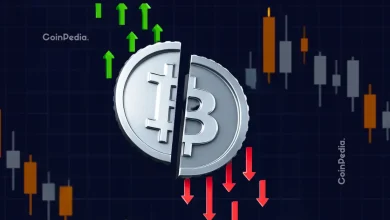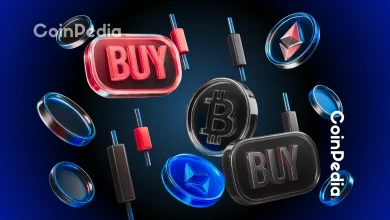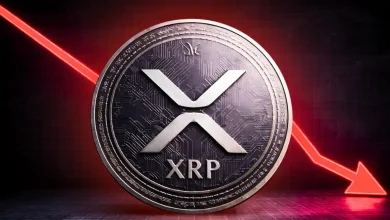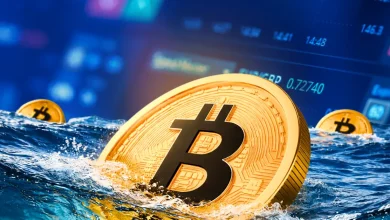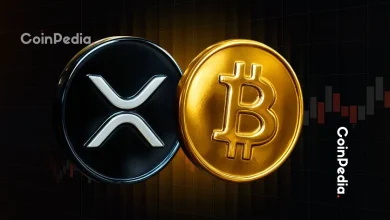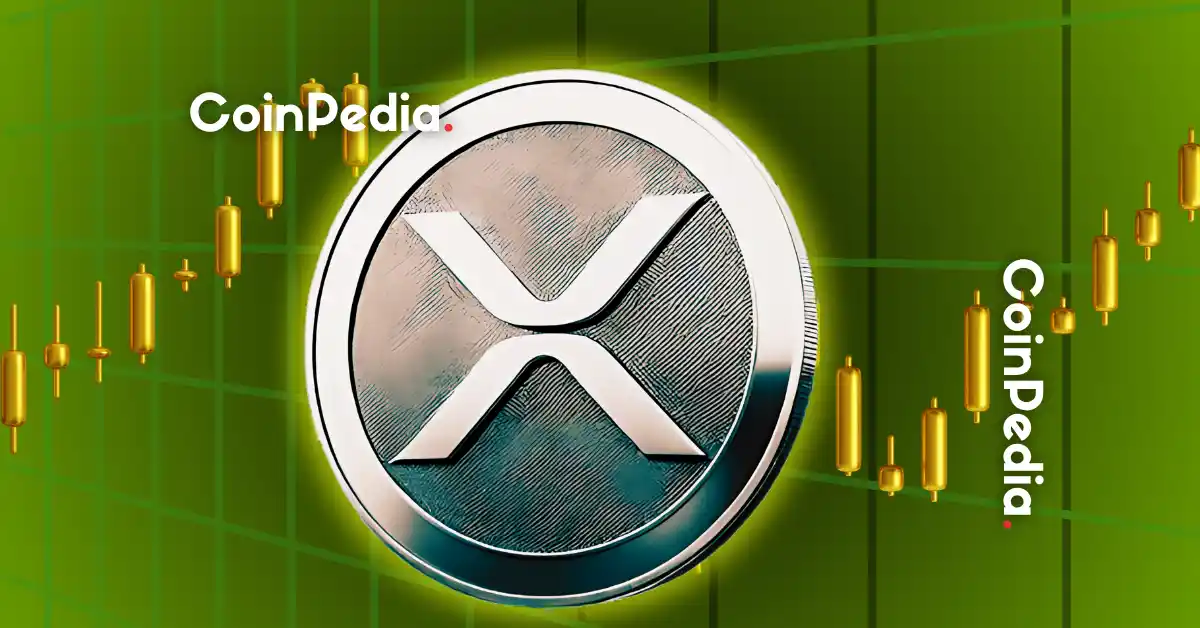
Stablecoins may power fiat’s digital future, but XRP is emerging as the true liquidity backbone for cross-border settlement and tokenized assets.
With Ripple’s RLUSD launch and growing bank adoption, XRP is shifting from speculation to core infrastructure in the global digital economy.
A recent Reddit discussion has highlighted a growing belief within the crypto community: stablecoins may be the bridge, but XRP could be the backbone of the evolving digital economy. As the financial system shifts toward tokenization and faster settlement, the relationship between stablecoins, XRP, and traditional banking is gaining attention.
Stablecoins as Fiat’s Digital Evolution
Stablecoins are emerging as digital counterparts of fiat currencies, some issued by central banks and others by regulated institutions. Much like Central Bank Digital Currencies (CBDCs), they offer stability and instant settlement while remaining backed by government-issued money. However, as Redditors pointed out, the core problem persists being tied to fiat keeps them under the same debt-driven system.
What’s changing is infrastructure. Many stablecoins are expected to run on RippleNet, leveraging XRP and On-Demand Liquidity (ODL) to enable fast, global settlement. This signals convergence between the crypto ecosystem and traditional finance.
With the passage of the GENIUS Act, regulatory clarity has given the stablecoin market fresh momentum. Ripple is also preparing to launch its own RLUSD stablecoin, a move that could expand the reach of the U.S. dollar digitally.
XRP’s Role as the Liquidity Layer
The discussion stressed that XRP is not just a speculative token; it’s positioned as a settlement commodity. As institutional demand for stablecoins grows, XRP becomes the liquidity backbone powering cross-border payments, tokenized assets, and real-time transactions.
Around 12 major financial institutions, including SBI Holdings, Santander, and PNC Bank, have already integrated XRP as a payment solution. Community members argued this represents a “long-term structural shift” in how money moves across systems.
Stablecoins: Opportunity and Risk
Stablecoins also carry systemic implications. Since the 2008 financial crisis, central banks have relied on liquidity cycles and debt restructuring. Stablecoins extend these cycles into the digital realm, with projects like RLUSD demonstrating how institutions are preparing for a digitally dominant economy.
Ripple CEO Brad Garlinghouse recently emphasized this point, stating:
“The stablecoin market could grow almost ten times over the next few years. The stablecoin industry is currently around $250 billion in market capitalization, and many people think it will reach $1 to $2 trillion in a handful of years. We can participate in this [stablecoin] market given our institutional background and regulatory compliance.”
Despite optimism, volatility remains a reality. The Reddit thread noted that crypto markets are still tied to broader economic conditions, credit pressures, and algorithmic trading risks. Over-leveraged players may face sharp losses even as infrastructure matures.
The Bigger Picture
The community consensus was clear: stablecoins are the next stage of fiat evolution, but XRP sits at the center of settlement infrastructure. Together, they could create a hybrid model where traditional finance merges with decentralized technology.
“Those who understand XRP’s role in banking and settlement,” one comment read, “will navigate this transition best.”
FAQs
Stablecoins are issued by private or regulated firms, while CBDCs come directly from central banks.
XRP acts as a liquidity bridge, enabling fast global settlement for stablecoin transactions.
Institutions like SBI Holdings, Santander, and PNC Bank already use XRP for payments.
Experts predict stablecoins may grow from $250B to $1–2T in just a few years.
Trust with CoinPedia:
CoinPedia has been delivering accurate and timely cryptocurrency and blockchain updates since 2017. All content is created by our expert panel of analysts and journalists, following strict Editorial Guidelines based on E-E-A-T (Experience, Expertise, Authoritativeness, Trustworthiness). Every article is fact-checked against reputable sources to ensure accuracy, transparency, and reliability. Our review policy guarantees unbiased evaluations when recommending exchanges, platforms, or tools. We strive to provide timely updates about everything crypto & blockchain, right from startups to industry majors.
Investment Disclaimer:
All opinions and insights shared represent the author's own views on current market conditions. Please do your own research before making investment decisions. Neither the writer nor the publication assumes responsibility for your financial choices.
Sponsored and Advertisements:
Sponsored content and affiliate links may appear on our site. Advertisements are marked clearly, and our editorial content remains entirely independent from our ad partners.

